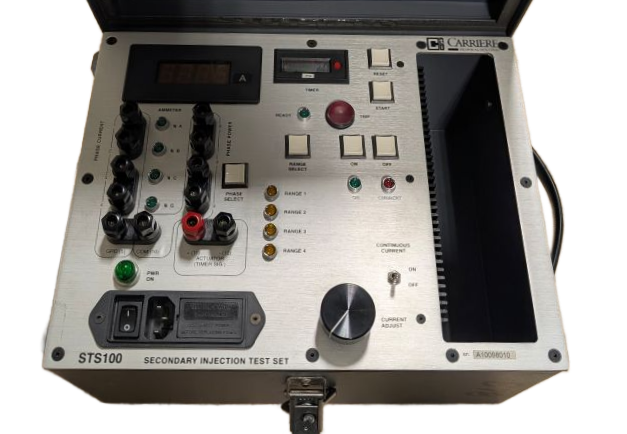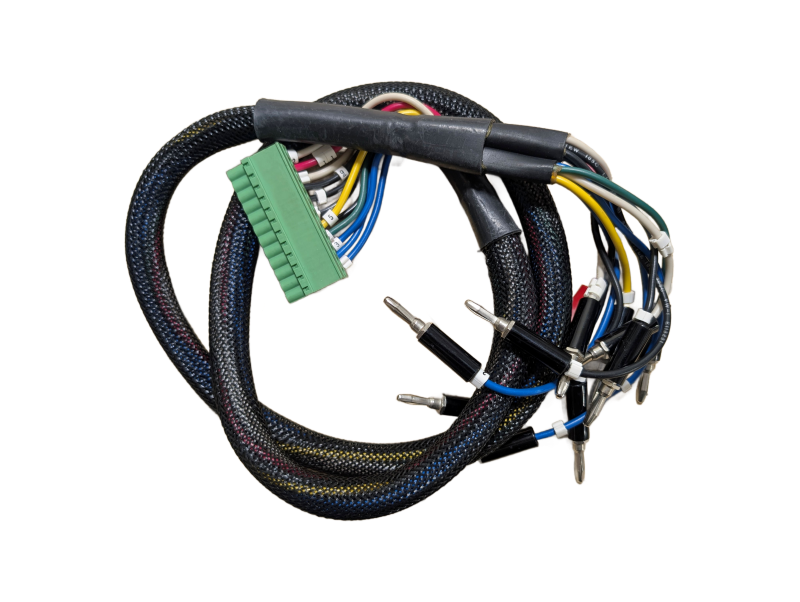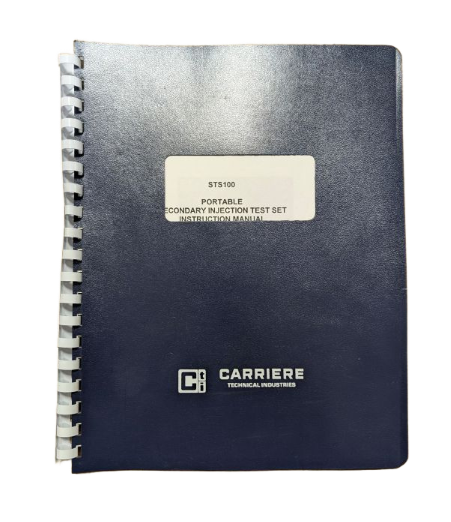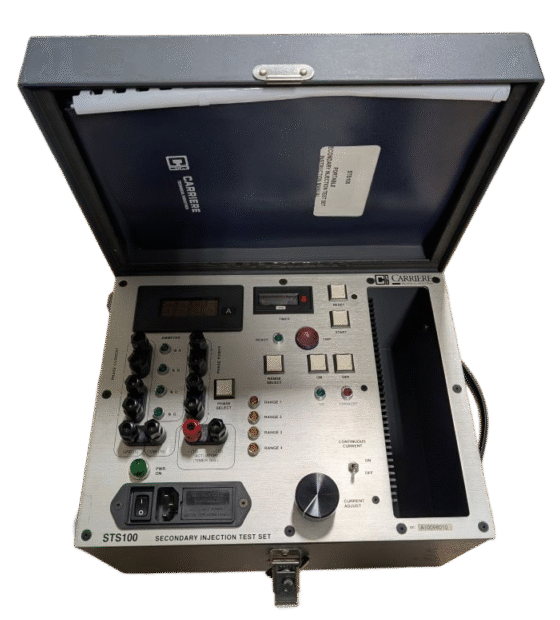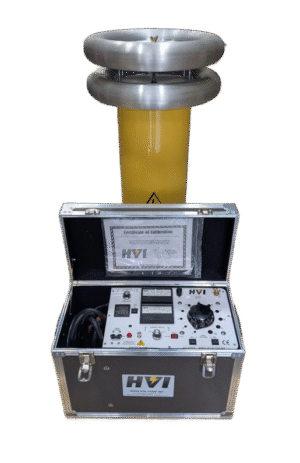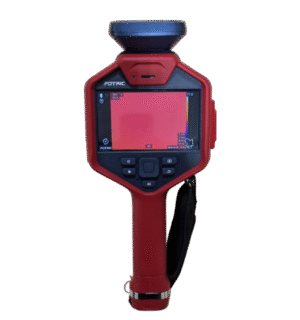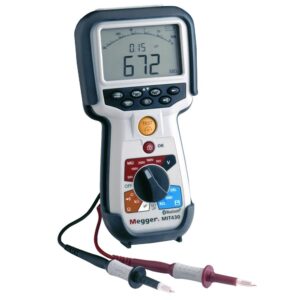The Carriere Technical Industries STS100 is a portable secondary injection test set primarily designed to test the DIGITAL 600 and FB600E/ER Trip Units found in circuit breakers.
Purpose:
Features:
How it works (simplified):
Applications:
Resources:
Purpose:
- Functional testing of trip units: It’s used to verify that the trip unit of a circuit breaker will operate correctly under various overload and fault conditions. This includes testing Long Time, Short Time, Instantaneous, and Ground Fault functions.
- Preventive maintenance: By regularly testing trip units, users can ensure the reliable operation of circuit breakers, which is crucial for electrical system safety and to prevent costly downtime.
Features:
- Portability: Weighing approximately 13 kg (28 lbs), it’s designed to be easily carried by hand.
- Built-in components: It includes an ammeter, current source, and a timer.
- Digital displays: Provides accurate and easy-to-read digital time and current displays.
- Direct connection: It can be connected directly to the trip unit under test, eliminating the need for an interface module or isolation transformer.
- Protective circuitry: Designed to prevent damage to current-carrying components from overheating during testing.
- User-friendly operation: Functions are accessible at the push of a button.
- Output Ranges: Offers several output current ranges for different testing scenarios:
- 0-2 Amps continuous
- 0-8 Amps for 24 seconds on, 120 seconds off
- 0-10 Amps for 12 seconds on, 60 seconds off
- 0-12 Amps for 0.6 seconds on, 3 seconds off
How it works (simplified):
The STS100 acts as a current source, injecting specific currents into the trip unit to simulate fault conditions. The built-in timer measures how long it takes for the trip unit to react (trip the breaker), and the ammeter verifies the current level.
Applications:
- Electrical testing and maintenance in industrial facilities, data centers, and other environments where circuit breaker reliability is critical.
- Used by technicians and engineers to ensure compliance with safety standards and operational requirements.
Resources:

